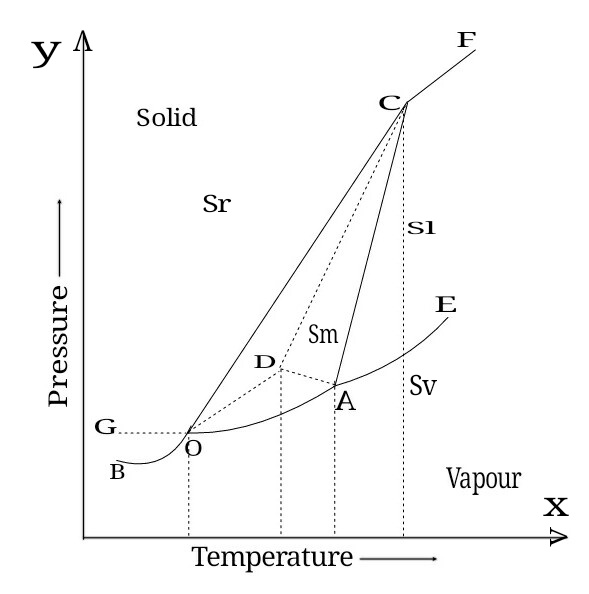INORGANIC AND INDUSTRIAL CHEMISTRY ASSIGNMENT
Inorganic Chemistry 1. A molecular orbital is ---------- a)Monocentric b)dicentric c)tricentric d)polycentric Ans : d)polycentric 2. The electron density within a molecule is given by the expression --- a)Ψ=φ1+φ2 b)Ψ=φ1-φ2 c)Ψ²=φ1²+φ2²+φ1+φ2 d)Ψ²=φ1²+φ2²-φ1+φ2 Ans : c)Ψ²=φ1²+φ2²+φ1+φ2 3. When the wave functions of atomic orbitals have similar signs, they result into the formation of -------- a)Bonding MO b)Antibonding MO c)Nonbonding MO d)Linear MO Ans : bonding MO 4. A π bond is formed by the overlap of -------- orbitals (considering x-axis a inter- nuclear axis) a)s-s b)s-p c)Px-Px d)Py-Py Ans : d)Py-Py 5. The stabilisation energy in H+ ion is -------- a)0 b)-β c)-2β d)-4β Ans : b)-β 6. The bond order in He 2 + ion is -------- a)1/2 b)1 c)3/2 d)2 Ans : a)1/2 7. Which property is more in Li 2 than in H 2 ? a)bond order b)bond energy c)bond length d)magnetism Ans : c)bond length 8. On the basis of bond strength which molecule is more stab...


